Foods That Might Disappear from Your Supermarket

By:
When we walk into a supermarket, we often take it for granted that our favorite foods will be there to greet us: apples, oranges, and bananas in neat rows under buzzing fluorescents.
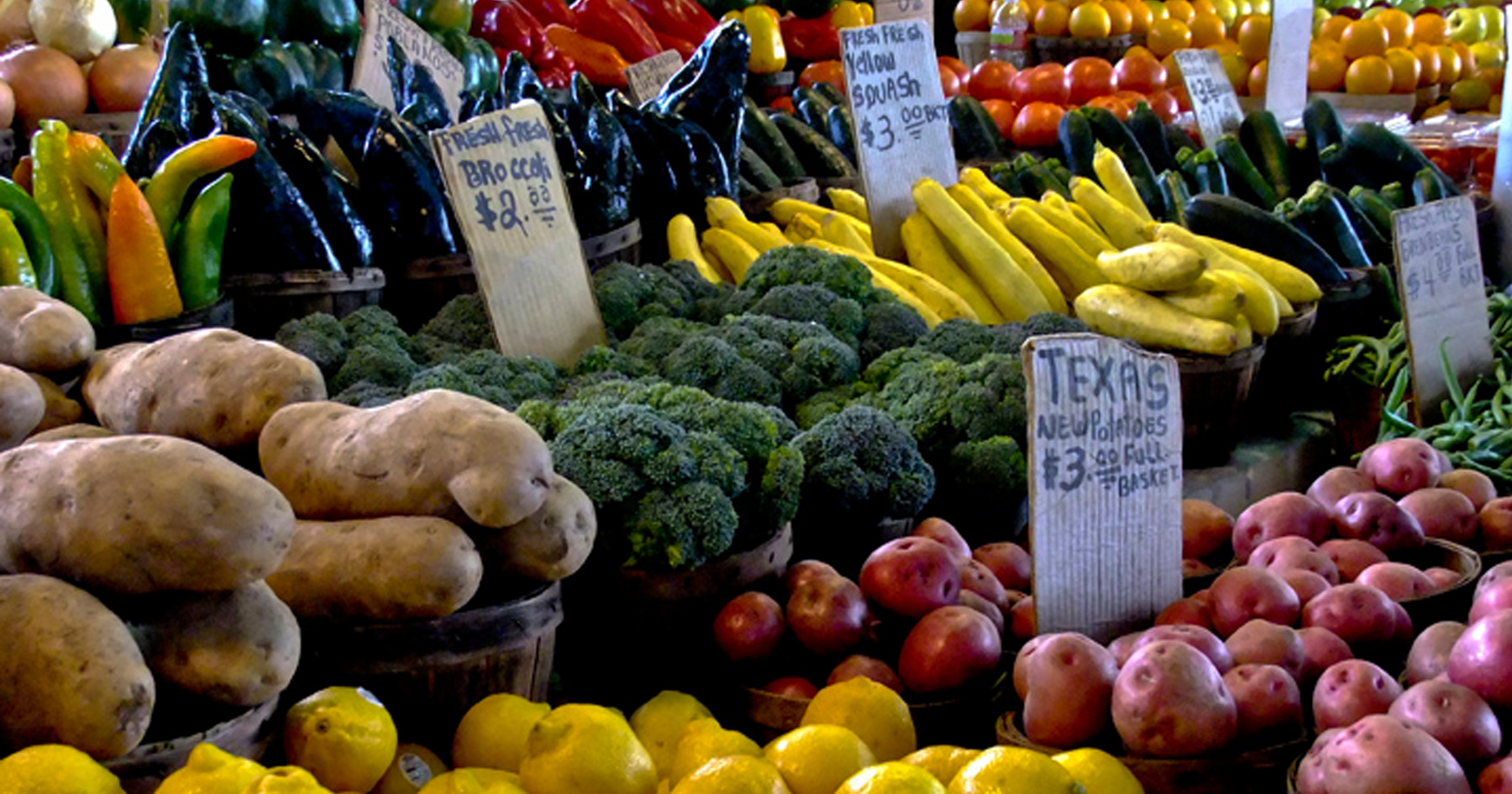 Flickr/Allen Sheffield - flic.kr
Flickr/Allen Sheffield - flic.kr
But the stable, boring relationship you think you have with these old friends doesn't match up with reality: In fact, most of these foods could disappear from store shelves without much warning.
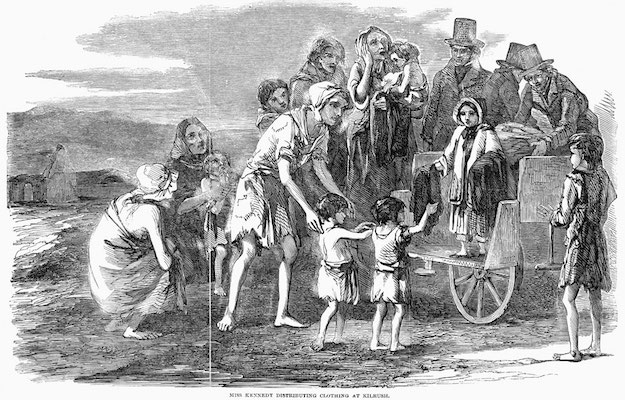 London Illustrated News/Clare County Library - wsu.edu
London Illustrated News/Clare County Library - wsu.edu
The reason? Lack of genetic diversity, according to Colin Khoury, a research scientist and crop diversity specialist at the International Center for Tropical Agriculture (CIAT). Modern agriculture systems tend to grow certain crops in huge, homogeneous yields, a practice referred to as "monoculture;" essentially, we pick one favorite variety and keep doubling down on it, Khoury said in a phone interview with ATTN:. Unfortunately, this leaves our crops hugely vulnerable to disease, fungi, and pests.
"What’s going on with diversity within these mega crops . . . [is] you end up with massive areas across the planet with a single crop species, like a wheat species," Khoury said. "And that’s important in production, because the more homogenous a crop is across a space, the easier for pestilence and disease to crack it and do great damage."
One memorable example of a crushing food shortage that resulted from monoculture: The Irish Potato Famine.
With that in mind, here are some of the dietary staples you should worry about:
1. BANANAS
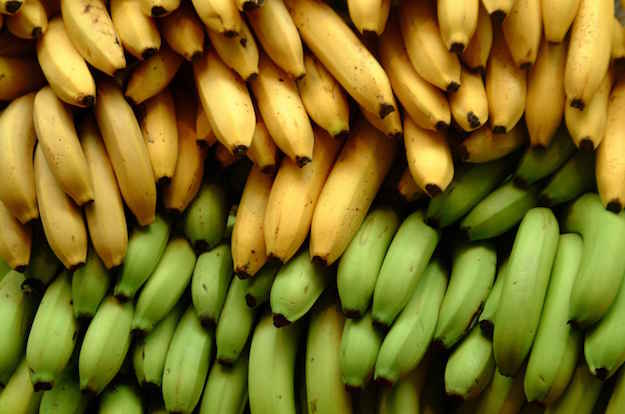 Ian Ransley/Flickr - flickr.com
Ian Ransley/Flickr - flickr.com
The poster child for monoculture, what you think of as "a banana" is actually a Cavendish banana, one variety out of about 1000 worldwide. The Cavendish banana took over the worldwide market after the previous "golden boy," the Gros MIchel banana, nearly went extinct in the mid-1900s thanks to a fungus called Panama Disease. Unfortunately, a new version of that fungus is now killing off crops of the Cavendish, which accounts for 99 percent of the world's banana market.
Since bananas reproduce asexually without seeds, Khoury said, growing a monoculture crop of one variety is especially risky.
"[All bananas are] basically clones of each other," he said, "so they’re the most uniform crop you can imagine."
2. POTATOES
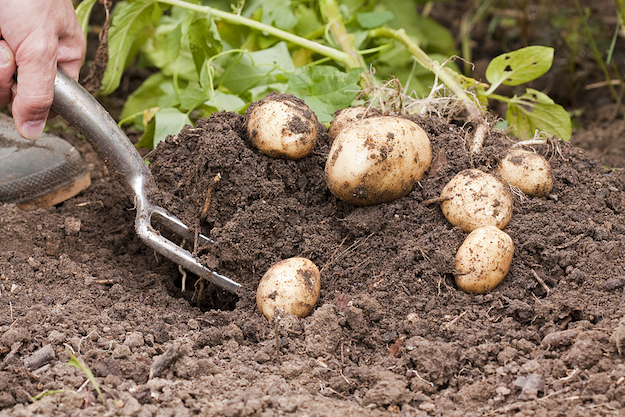 Steven Albert/Harvest to Table - harvesttotable.com
Steven Albert/Harvest to Table - harvesttotable.com
That's right: despite the lessons of a massive potato famine that cost a million lives in Ireland in the 1800s, we've improved relatively little. The Irish Potato Famine happened when a disease called late blight wiped out up to three quarters of Irish potato crops, which consisted almost solely of one type of potato, the Irish lumper. Most of our popular potato varieties in the U.S. today grow in monoculture fashion and are closely genetically related — and late blight is still around and mutating too.
“Small epidemics of late blight wipe out production of individual farmers and sometimes whole counties in the U.S. nearly every year,” plant biotechnology company president Charles Niblett told Discovery News in a 2013 article.
3. ORANGES
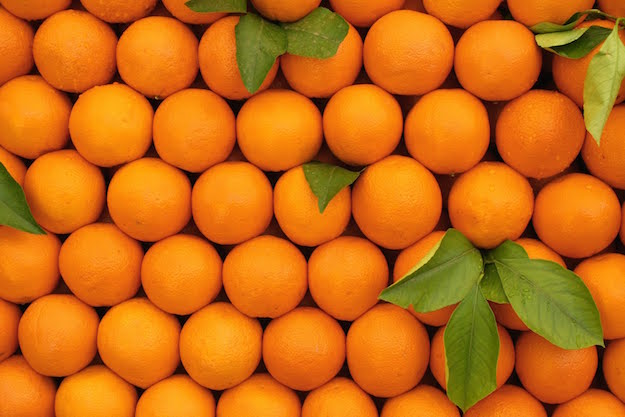 Egyptian Flavor - egyflavor.com
Egyptian Flavor - egyflavor.com
If bananas are the king of the monoculture heap, oranges are the young up-and-comer. Homogeneous U.S. orange crops have been decimated since 2005 by a disease called "citrus greening" that causes the fruit to sour and fall from the trees. Many experts agree that genetically modified varieties of oranges are now the Florida orange industry's only hope as orange yields shrink each year.
"If the estimate plays out, [our orange harvest] will be half of what we harvested just four years ago," Florida agriculture secretary Adam Putnam told NPR in December. "We are at a tipping point, and some would say we've blown past the tipping point."
4. WHEAT
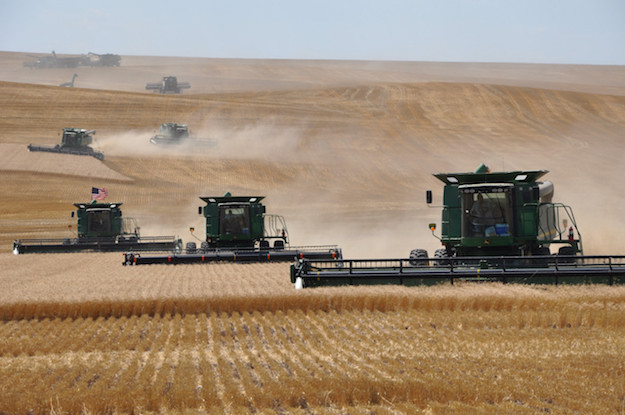 No-Till Farmer - no-tillfarmer.com
No-Till Farmer - no-tillfarmer.com
Now we're getting into really apocalyptic scenarios. Wheat is a key food today in more than 97 percent of countries listed in United Nations data, according to a 2013 study co-authored by Khoury, which means a major wheat shortage would be disastrous. Although wheat strains change rapidly, the population is rarely diverse; instead, Khoury said, farmers tend to go all-in on one high-yield variety, then cycle it out for a new one in a few years when the first strain is no longer viable against pests and diseases.
Khoury likens this strategy to running on a treadmill: Introducing a new variety every few years simply keeps us in place, and if we fail to come up with a viable new one, we're due for a tumble. Climate change and virulent new strains of wheat rust — a wheat-destroying fungal infection — also have many experts worried about the future of the world's wheat crop.
5. SOY
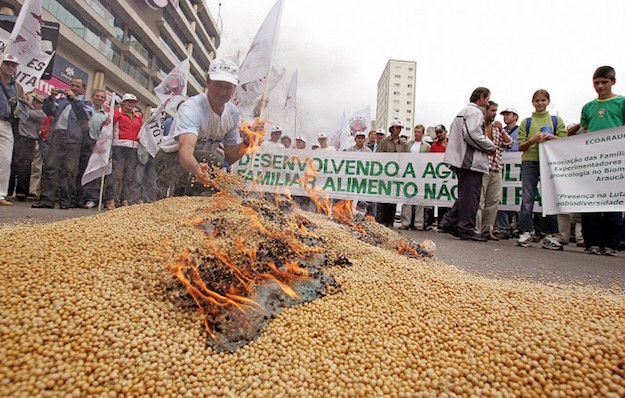 Valor Economico - infiniteunknown.net
Valor Economico - infiniteunknown.net
Soy is an example of a staple crop that's lacking in diversity thanks to corporate intrusion. Agricultural juggernaut Monsanto dominates production of soybean seeds — controlling 90 percent of production — and Monsanto's exclusive sale of Roundup Ready soybeans has led to massive monoculture growth of their herbicide-resistant soy varieties.
Unfortunately, "superweeds" that resist herbicides like Roundup are spreading across the U.S., appearing on almost half of all farms, according to a 2015 survey of farmers by an agribusiness research firm. Experts say these yields could cause higher food prices and lower crop yields on soy and other staple crops.
So what can you do about all of this?
It's a complex question with no easy answer, but a good start, Khoury said, is for consumers to experiment with new foods and shop local.
"If you poke around a little bit, if you have access to local markets like farmers’ markets, they’ll be growing alternative varieties of potatoes, lettuce greens, carrot types, all that sort of stuff," he said. "The more people can actually garden a little themselves, or commit themselves to local farmers, I think the more chance there is to promote [crop] diversity."
